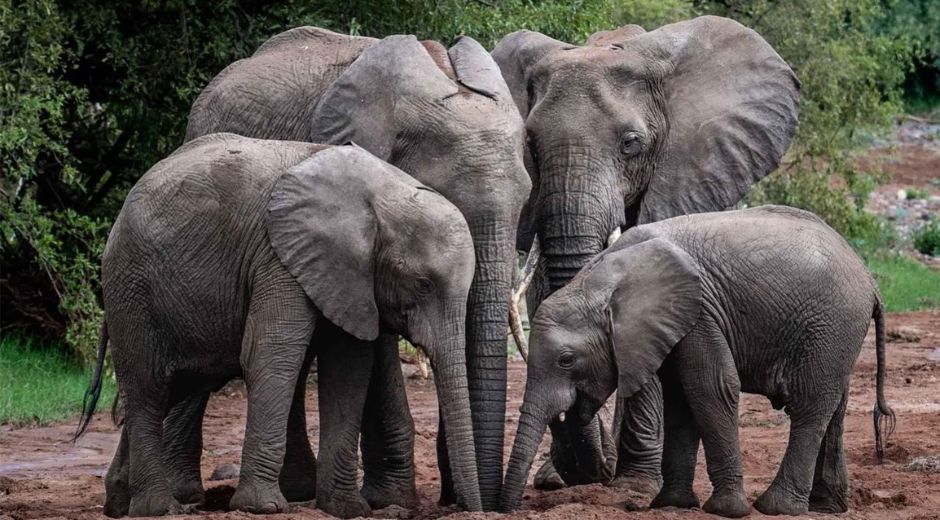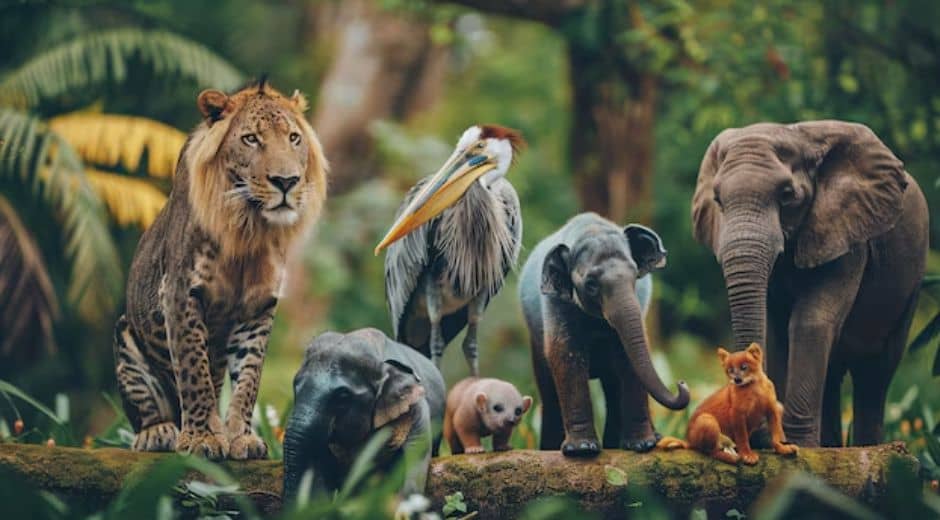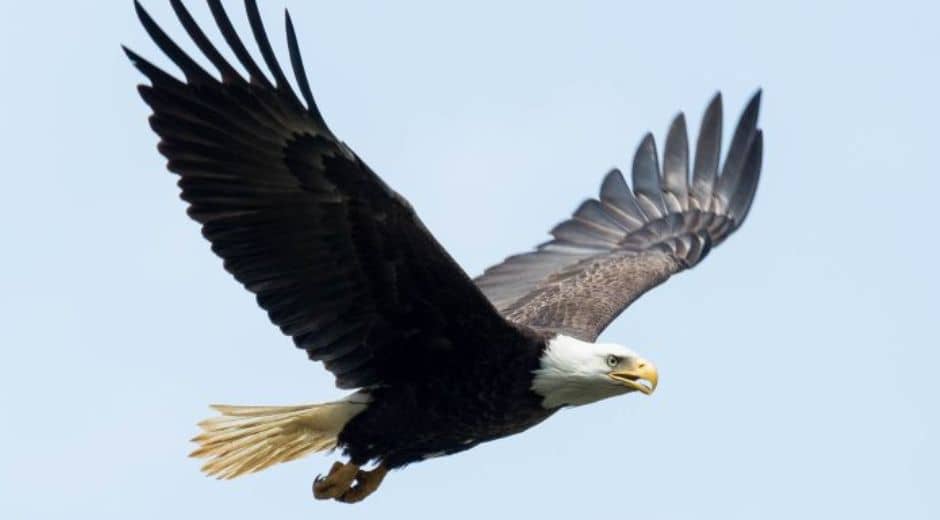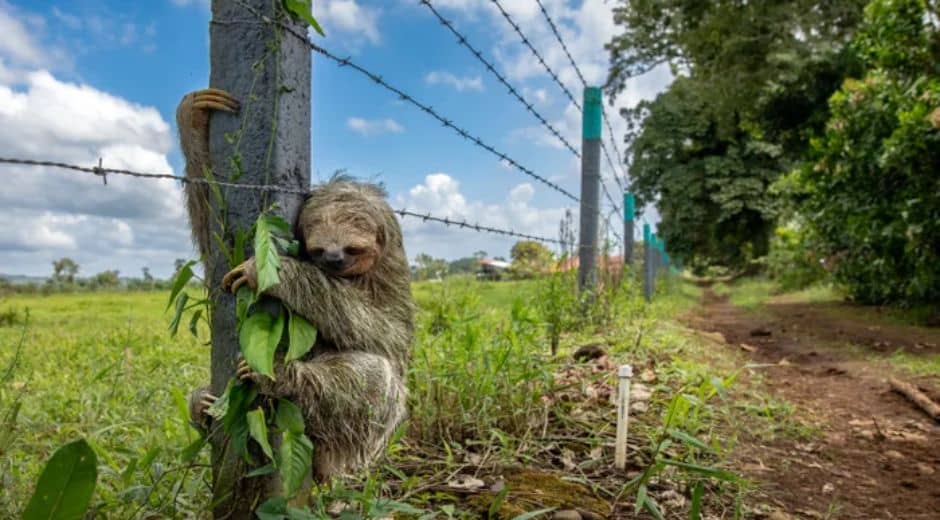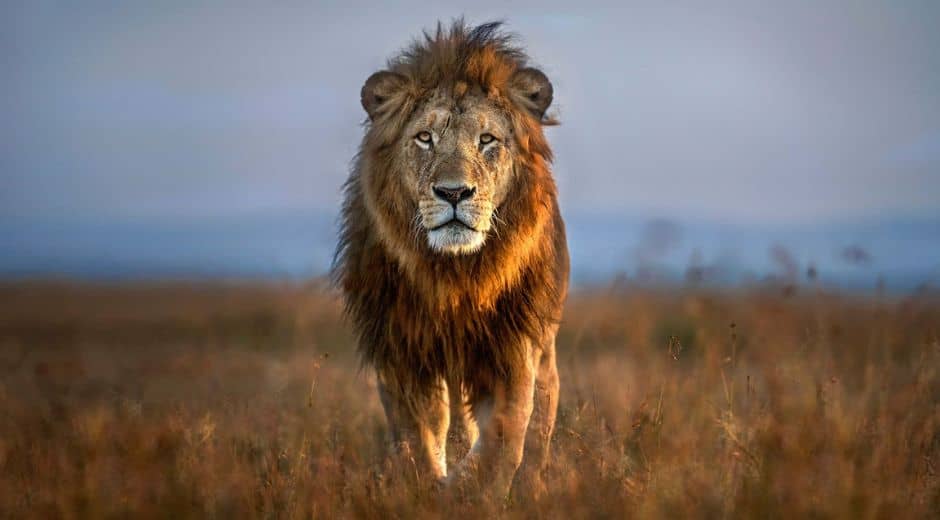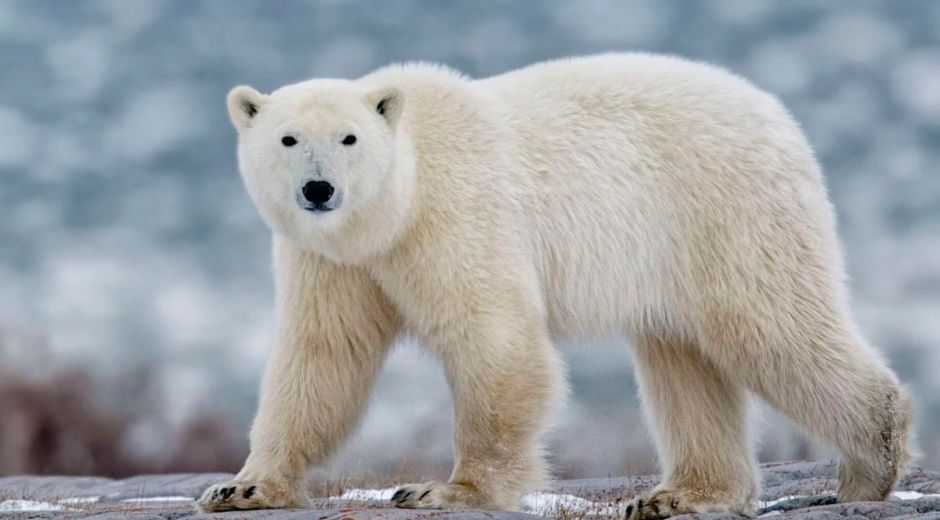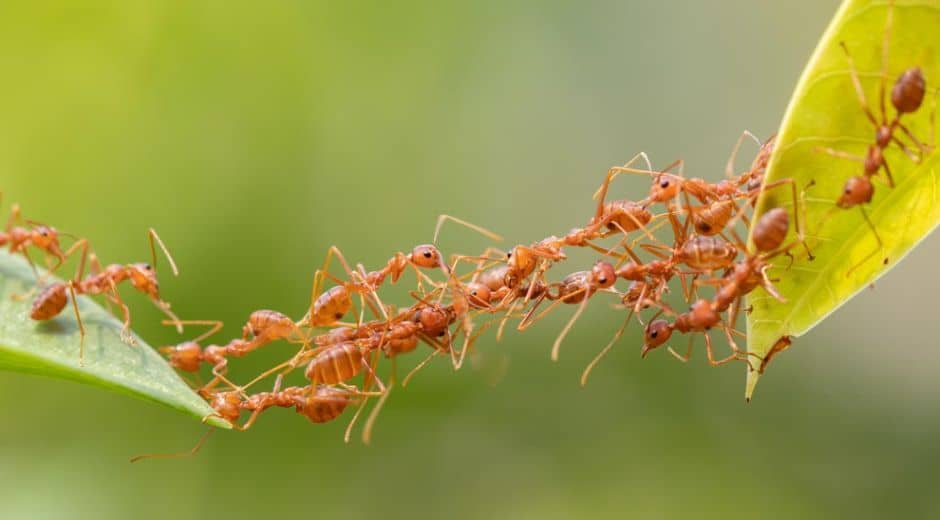Elephants: Guardians of the Wild Landscape
Elephants: Guardians of the Wild Landscape
They are some of the most majestic creatures roaming the planet. Known for their immense size, gentle nature, and intelligence, these giants play an essential role in maintaining the health of wild ecosystems. Their presence shapes landscapes, supports biodiversity, and connects many species in the wild. In this article, we explore the fascinating world of elephants, their behavior, habitat, threats, and why they truly are guardians of the wild landscape.
Types of Elephants
There are primarily two species of elephants found in the wild: the African and the Asian elephant. African are further divided into two types—savannah elephants that roam open grasslands and forest elephants found in dense jungles. The African species is generally larger, with bigger ears shaped like the African continent. In contrast, the Asian elephant has smaller ears and a distinctively domed head. Each species adapts uniquely to its environment, showcasing the diversity within the elephant family.
Elephant Behavior and Social Structure
They exhibit complex social behavior that is rarely seen in other animals. They live in tight-knit herds led by a matriarch, usually the oldest and wisest female. These family groups work together to protect calves, find food, and navigate long migrations. Communication between those giants includes vocal sounds, rumbling infrasounds beyond human hearing, and even physical touch. Their intelligence and social bonds make them one of the most emotionally sophisticated species in the animal kingdom.
Behavior and Social Structure
Those giants exhibit complex social behavior that is rarely seen in other animals. They live in tight-knit herds led by a matriarch, usually the oldest and wisest female. These family groups work together to protect calves, find food, and navigate long migrations. Communication between those giants includes vocal sounds, rumbling infrasounds beyond human hearing, and even physical touch. Their intelligence and social bonds make elephants one of the most emotionally sophisticated species in the animal kingdom.
Habitat and Diet
They inhabit a variety of landscapes, from African savannahs to Asian tropical forests. They are herbivores with a diet consisting mainly of grasses, leaves, fruits, and bark. Elephants are often called “ecosystem engineers” because their feeding habits dramatically influence their environment. By uprooting trees and trampling vegetation, they create clearings that allow new plants to grow, supporting other wildlife. Additionally, they disperse seeds across vast distances, aiding forest regeneration.
Threats and Conservation
Despite their crucial role, those giants face significant threats. Poaching for ivory has devastated many populations, pushing some elephant groups toward endangerment. Habitat loss due to expanding agriculture and urbanization also threatens their survival, leading to frequent human-elephant conflicts. Conservation efforts have increased worldwide, with anti-poaching patrols, protected reserves, and community engagement programs aimed at preserving elephant habitats and promoting coexistence.
Why Elephants Matter
They are vital not only for their ecosystems but also for cultural heritage. Many communities revere those giants in mythology, art, and religion. Protecting elephants ensures the health of their habitats, which supports countless other species. Their role as keystone species means that conserving those giants helps maintain ecological balance, promoting biodiversity and the resilience of wild landscapes.
Conclusion
Those giants
truly are guardians of the wild landscape, shaping ecosystems and inspiring conservation worldwide. Their survival depends on continued global efforts to protect their habitats and curb threats. To learn more about wildlife conservation and how you can contribute, explore the Wildlife section at BioNatureVista.
For additional insights on animal protection and global biodiversity, check out the informative resources at Zoopora, a leading platform dedicated to wildlife preservation.
By supporting these efforts, we can ensure that the giant continue to thrive and enrich the natural world for generations to come.
Nature Inspires Every Step

How Tundra Wildlife Survives Extreme Arctic Conditions
How Tundra Wildlife Survives Extreme Arctic Conditions

Life Above the Trees: Exploring the Rainforest Canopy
Life Above the Trees: Exploring the Rainforest Canopy
